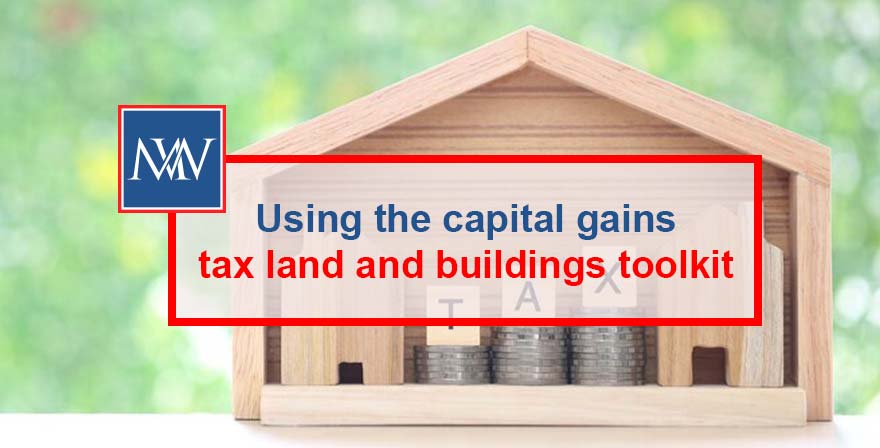HMRC makes a number of toolkits that point out common mistakes that people make on their self-assessment tax returns. The capital gains tax land and buildings toolkit, as its name suggests, points out the most common mistakes that HMRC finds when it comes to capital gains tax on land and buildings. The most recent version of the toolkit is for tax returns for 2021/22, which must be turned in by January 31, 2023.
Key points of Risk
The following key areas of risk are brought out by the toolkit.
- Keeping good records is important because if you don’t keep good records, the information on your tax return might not be correct. This could lead to wrong deductions for expenses, with amounts overstated or understated. Also, if you don’t keep good records, you might forget to claim reliefs or allowable expenses. Capital gains tax is based on things that happened in the past, like the costs of buying the property. Until the property is sold, records must be kept so that any gain can be calculated correctly.
- Disposals: A disposal doesn’t just mean selling the land or building. For capital gains tax purposes, if a property or land is given away or traded, this is also a disposal and may mean you have to pay capital gains tax. For capital gains tax purposes, there may also be a sale if an asset is lost, destroyed, or if a large sum of money is received in exchange for the asset. All sales should be listed on the return, and care should be taken to list the sale in the right tax year.
- Valuations: The valuation of land and buildings is a big part of HMRC’s work to make sure they are following the law. It is also the area with the most risk. If the valuation isn’t done by a qualified, independent valuer, it’s more likely that problems will come up. When valuing land or buildings, mistakes can happen if the potential for development, the existence of tenancies, the inclusion of intangibles or other assets, or the existence of restrictive covenants over the land are not taken into account. HMRC is less likely to question a valuation if they know it was done by a qualified, independent valuer.
- Expenditure: Some costs can be deducted from the chargeable gain. These include the cost of buying the asset, the cost of improving it, and the costs of selling it. Expenses can only be deducted if they are for capital and haven’t been deducted elsewhere (for example in calculating rental profit). When figuring out the gain, it’s important to make sure that any expenses that are subtracted meet these conditions.
- Reliefs – various reliefs are available for capital gains tax purposes (such as private residence relief). But reliefs are only available if the conditions that go with them are met. Some reliefs require documentary evidence. When reliefs are asked for, care should be taken to make sure that the conditions are met.
Checklist
The toolkit also has a helpful list of things to do. This can be used as a reminder, and it’s best to fill it out when filing your tax return to make sure nothing is missed. This could be a good use of time.

